Biltin | 20 mg | Tablet | 10 pcs
৳ 150.00
Brand Name: Biltin Tablet
Generic: Bilastine
20 mg
Manufacturer: Eskayef Bangladesh Ltd.
Unit Price: ৳ 15.00 (3 x 10: ৳ 450.00)
Strip Price: ৳ 150.00
Indications
- Allergic Rhinitis: Bilastine is indicated for the symptomatic relief of nasal and non-nasal symptoms of allergic rhinitis.
- Allergic Rhinoconjunctivitis: Bilastine is indicated for the relief of symptoms associated with allergic rhinoconjunctivitis.
- Urticaria: Bilastine is indicated for the relief of symptoms associated with urticaria (e.g. pruritus and hives).
Therapeutic Class
Pharmacology
Dosage & Administration
Children between 6 to 11 years: 10 mg mouth dissolving tablet for the symptomatic relief of allergic rhinitis, allergic rhinoconjunctivitis and urticaria. The Mouth dissolving tablet is for oral use only. It should be placed in the mouth. It will disperse rapidly in saliva and can be easily swallowed. Alternatively, the mouth dissolving tablet can be dispersed in a tea spoon of water before being swallowed by the children. The maximum recommended daily dose for children in between 6 to 11 years is 10 mg Bilastine mouth dissolving tablet (1 tablet) and should not be exceeded. If a dose is missed, the next scheduled dose should be taken. An extra dose should not be taken.
Adults & adolescents (12 years of age and over): 20 mg tablet once daily for symptomatic relief of allergic rhinitis, urticaria and allergic rhinoconjunctivitis. The maximum recommended daily dose is 20 mg Bilastine (1 tablet) and should not be exceeded. If a dose is missed, the next scheduled dose should be taken. An extra dose should not be taken. 20 mg Bilastine tablet (1 tablet) once daily should be swallowed with water on an empty stomach to achieve optimal exposure to Bilastine
Interaction
- Interaction with Ketoconazole or Erythromycin: Concomitant intake of Bilastine and Ketoconazole or Erythromycin increased Bilastine AUC 2-fold and Cmax 2-3 fold. These changes can be explained by interaction with intestinal efflux transporters, since Bilastine is substrate for P-gp and not metabolized. These changes do not appear to affect the safety profile of Bilastine and Ketoconazole or Erythromycin, respectively. Other medicinal products that are substrates or inhibitors of P-gp, such as Cyclosporine, may likewise have the potential to increase plasma concentrations of Bilastine.
- Interaction with Diltiazem: Concomitant intake of Bilastine 20 mg and Diltiazem 60 mg increased Cmax of Bilastine by 50%. This effect can be explained by interaction with intestinal efflux transporters and does not appear to affect the safety profile of Bilastine. Interaction with Alcohol: The psychomotor performance after concomitant intake of Alcohol and 20 mg Bilastine was similar to that observed after intake of Alcohol and placebo.
- Interaction with Lorazepam: Concomitant intake of Bilastine 20 mg and Lorazepam 3 mg for 8 days did not potentiate the depressant CNS effects of Lorazepam.
Contraindications
Side Effects
Pregnancy & Lactation
Precautions & Warnings
Use in Special Populations
Use in patients with impaired hepatic & renal function: There is no clinical experience in patients with hepatic impairment. Since Bilastine is not metabolized and renal clearance is its major elimination route, hepatic impairment is not expected to increase the systemic exposure above the safety margin. Therefore, no dosage adjustment is required in patients with hepatic impairment. No dosage adjustment is required in patients with renal impairment.
Geriatrics (>65 years of age): No dosage adjustments are necessary in patients over 65 years.
Pediatrics (<6 years of age): The safety and efficacy of Bilastine in children under 6 years of age have not been established.
Overdose Effects
Storage Conditions
| Generic Name | Bilastine |
|---|---|
| Size | 20 mg |
Only logged in customers who have purchased this product may leave a review.



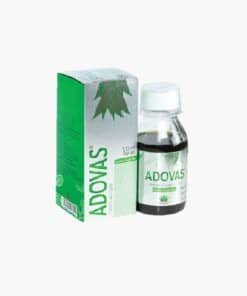

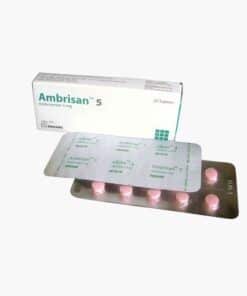
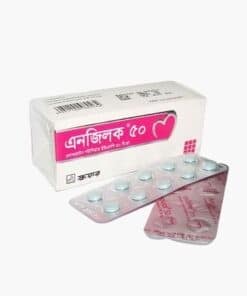
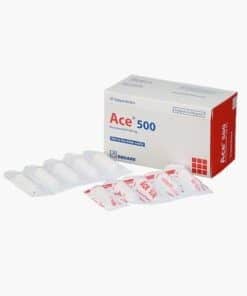
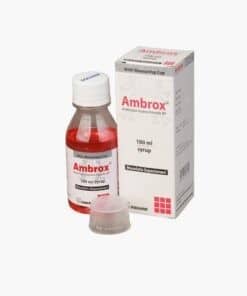

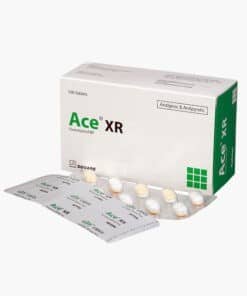
Reviews
There are no reviews yet.